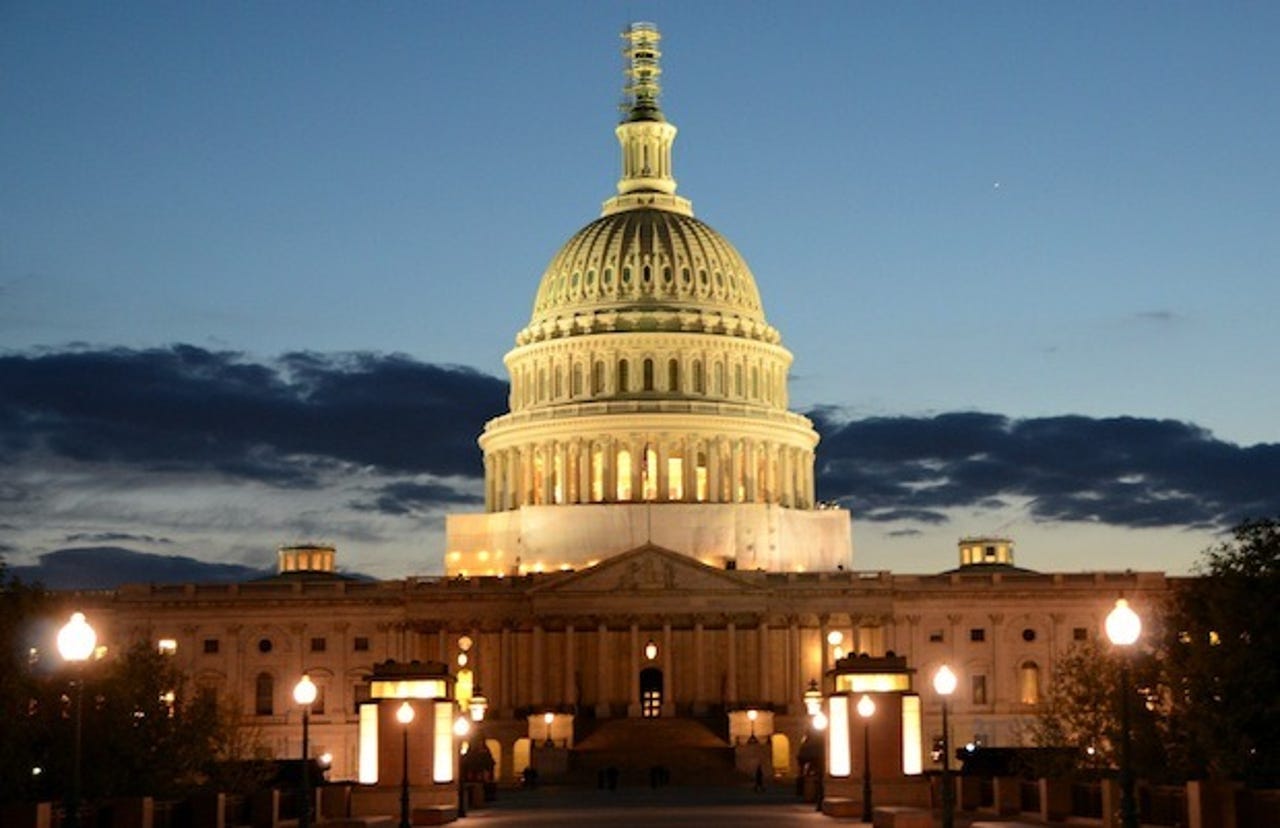U.S. federal private cloud spending to hit $1.7B in 2014; IaaS leading

The cloud has suffered a bad rap as of late, with Brussels-based bureaucrats calling on a new European cloud away from the U.S. in efforts to avoid PRISM-related spying.
But stateside, where U.S. law applies to U.S. clouds and nobody seems to care because "that's just how it goes," everything is great — particularly for the U.S. federal government, which certainly doesn't have to worry about spying on itself.
So says the latest research from IDC, which puts U.S. federal cloud spending in the "through the roof" category. According to the figures, private clouds are leading the way — away from existing networks and infrastructure in a bid to enhance security and wedge a divide between corporate data and government data.
And, while private cloud spending will reach a mere $1.7 billion in fiscal year 2014, by 2017 the figure is expected to rise by more than three-fold to $7.7 billion.
Out of the 90 million or so taxpayers in the U.S., that's quite a lot of cloud clout for their money.
While Software-as-a-Service (SaaS) leads the way in most sectors, over in the realm of government, Infrastructure-as-a-Service (Iaas) is leading the way, and set to grow to $5.4 billion in 2017.
This is particularly interesting because it includes all the networking jazz that you would expect from in-house services and datacenters. Systems management, networking equipment, firewalls, load balancers — all of these things thrown in with virtual machines and file-based storage, IDC describes this as a "logical progression" for both governments and system integrators.
But private clouds are not a one-size-fits-all solution. Not everyone needs one.
While the U.S. Justice Department needs SaaS offerings in a community cloud, the U.S. Social Security Administration relies on IaaS and Platform-as-a-Service (PaaS) in the private cloud, and the U.S. Treasury Dept. is leading the way in public cloud spending.
Public cloud spending is about 10 percent of that of the public cloud solutions. Government public clouds can be used for websites and email services — but when dealing with sensitive citizen data, such as Social Security numbers, government departments require processing and storage away from any other data storage unit in the server rack.
With this, not much is expected to change in terms of public cloud spending. Much of these systems are already in place. Spending will rise from $110 million in 2012 to $118 million in 2014.
The marginal difference in public cloud spending will be offset entirely by the decrease in federal community cloud spending, down from £380 million in 2012 to $313 million in 2014. Though the Justice Dept.' was and still is moving aggressively to the community cloud, many of the FBI's next-generation crime fighting and intelligence-based platforms are reaching a maturation point that require fewer tax dollars.
And, hybrid cloud spending will be flat from 2012 to 2014, remaining around the $77 million mark.
Times are tough, however. Sequestration has forced cloud spending to stall in 2013, and will continue to suffer in 2014. This stagnation is expected to end by mid-2014, the report says.
